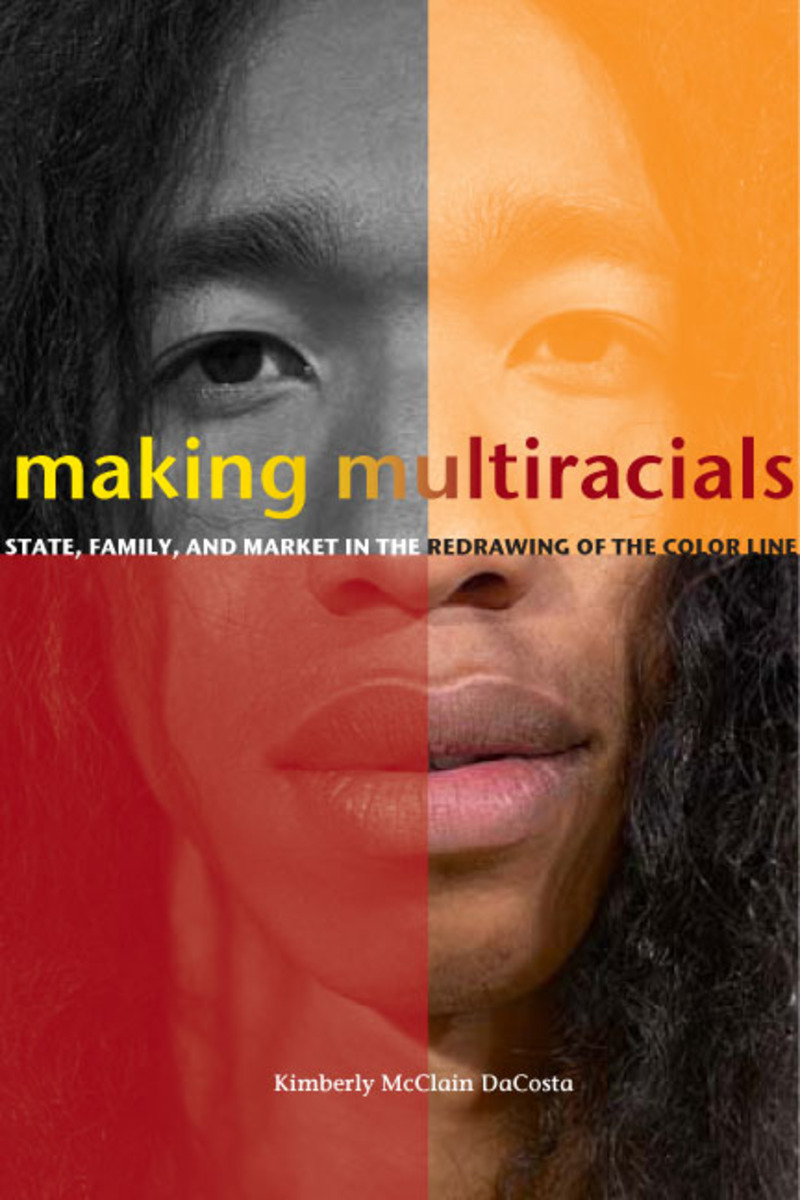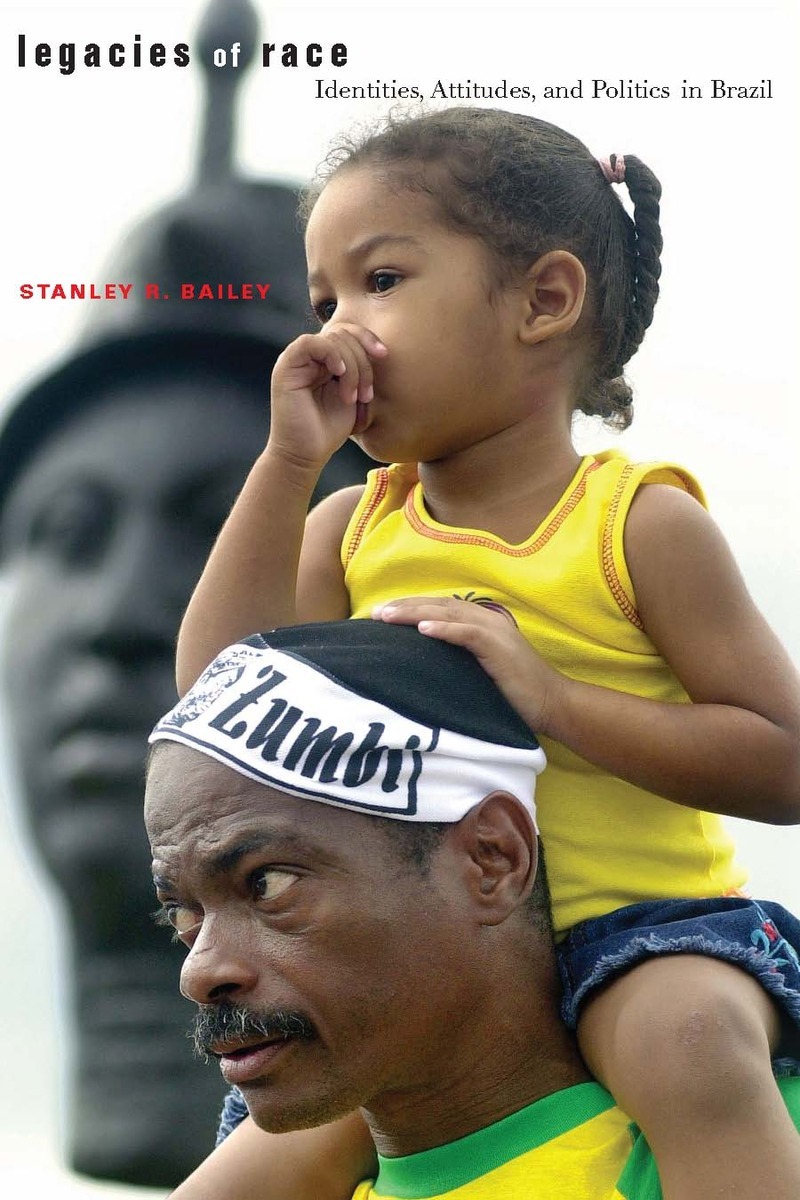Sexual Naturalization: Asian Americans and MiscegenationPosted in Asian Diaspora, Books, History, Law, Literary/Artistic Criticism, Media Archive, Monographs, Social Science, United States on 2010-01-01 23:35Z by Steven |
Sexual Naturalization: Asian Americans and Miscegenation
Stanford University Press
2005
224 pages
Cloth ISBN-10: 0804747288; ISBN-13: 9780804747288
Paper ISBN-10: 0804747296; ISBN-13: 9780804747295
Susan Koshy, Associate Professor of English and Asian American Studies
University of Illinois, Urbana-Champaign
Sexual Naturalization offers compelling new insights into the racialized constitution of American nationality. In the first major interdisciplinary study of Asian-white miscegenation from the late nineteenth to the end of the twentieth century, Koshy traces the shifting gender and racial hierarchies produced by antimiscegenation laws, and their role in shaping cultural norms. Not only did these laws foster the reproduction of the United States as a white nation, they were paralleled by extraterritorial privileges that facilitated the sexual access of white American men to Asian women overseas. Miscegenation laws thus turned sex acts into race acts and engendered new meanings for both.
Koshy argues that the cultural work performed by narratives of white-Asian miscegenation dramatically transformed the landscape of desire in the United States, inventing new objects and relations of desire that established a powerful hold over U.S. culture, a capture of imaginative space that was out of all proportion to the actual numbers of Asian residents.
Read an excerpt of chapter 1 here.
Table of Contents
- Acknowledgments
- Introduction
- Part One: Sexual Orients and the American National Imaginary
- Mimic Modernity: “Madame Butterfly” and the Erotics of Informal Empire
- Eugenic Romances of American Nationhood
- Part Two: Engendering the Hybrid Nation
- Unincorporated Territories of Desire: Hypercorporeality and Miscegenation in Carlos Bulosan’s Writings
- Sex Acts as Assimilation Acts: Female Power and Passing in Bharati Mukherjee’s Wife and Jasmine
- Notes
- Bibliography
- Index




